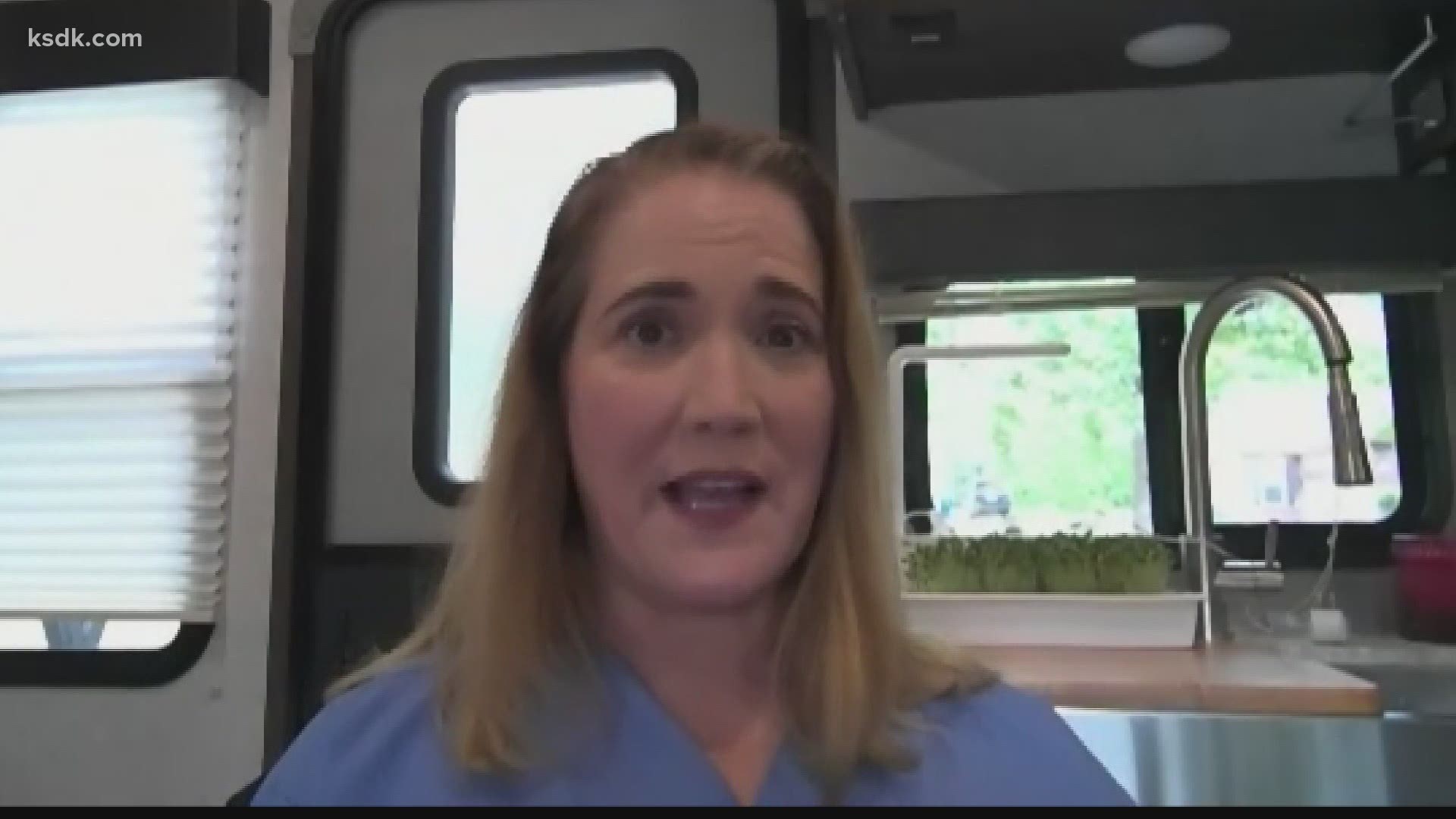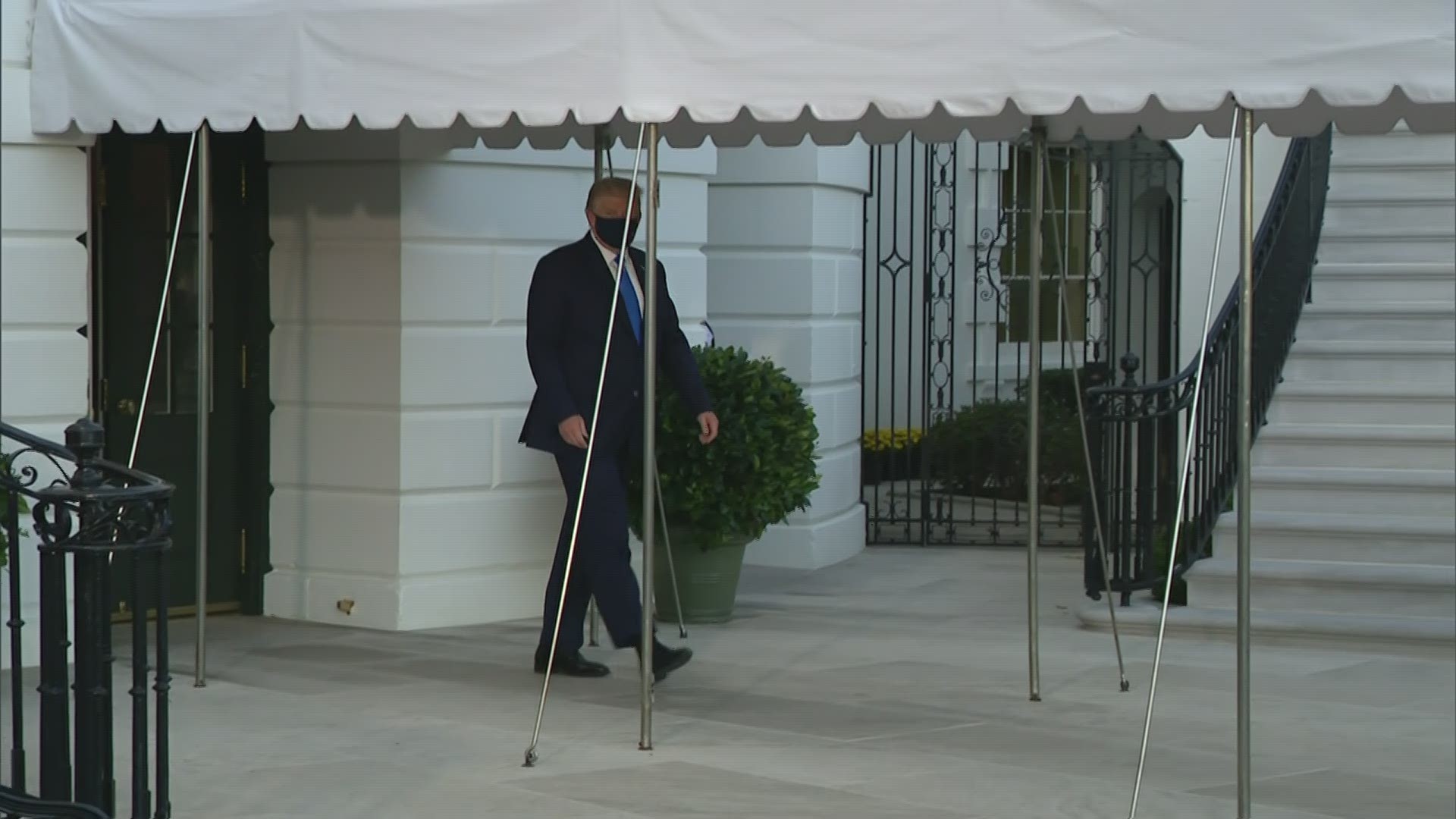ST. LOUIS — As mentioned in his announcement on Twitter that they had tested positive for COVID-19, the President and the First Lady have begun their "quarantine process."
So what does that mean and what's the latest guidance for anyone with a diagnosis or exposure?
This high profile diagnosis comes as health experts like Dr. Tiffany Osborne of Washington University worry many Americans are coming down with the coronavirus fatigue.
“We’re tired of hearing about it, we're tired of dealing with it. That doesn't change the fact that it's here. And I think what's happened with the president really brings back to light the fact that this can happen to anyone,” she said.
And like anyone else with a positive diagnosis, the President of the United States and his wife should now do their best to isolate.
Stricter than quarantining, isolating is separating from others, even at home.
The CDC recommends someone with the virus isolate for at least 10 days after symptoms begin and until 24 hours after their fever breaks naturally, and their other symptoms improve.
What if someone never shows symptoms after a positive test? They should still isolate for at least 10 days after their test.
“Because before you develop symptoms, you can actually transmit the virus, that's part of the reason we all have to be so vigilant,” said Dr. Osborne.
Concern also extends to the people the president has been exposed to in the white house or on the campaign trail.
What’s the CDC’s latest guidance on exposure? Since it could take up to 14 days after exposure to show symptoms or test positive, the CDC recommends those who come into close contact with someone with COVID-19 should quarantine-- essentially, stay home -- for 2 weeks.
“Whenever a test is positive, we feel very confident that's a true value, that that is a true positive. When we test negative 30% of those tests can be what we call a false negative, meaning you have it but you're not testing positive.”
Because sometimes the test doesn’t pick up the virus, or someone could contract the virus shortly after a test, that means a negative test after exposure isn't an all-clear.
“Masks, washing your hands social distancing. All of that is incredibly important to ensure that you and your family are safe,” said Dr. Osborne.


